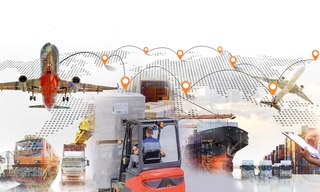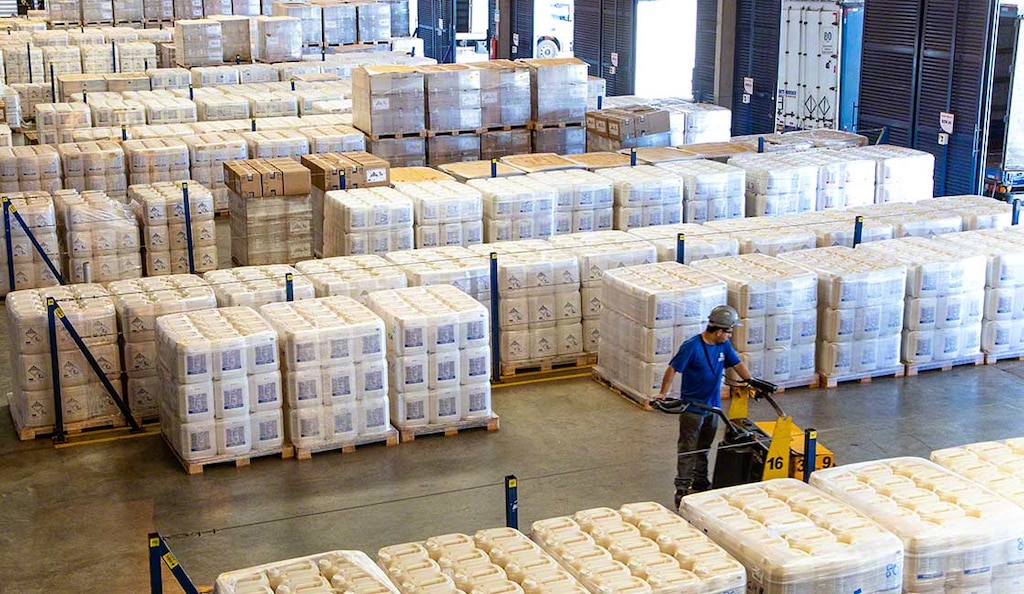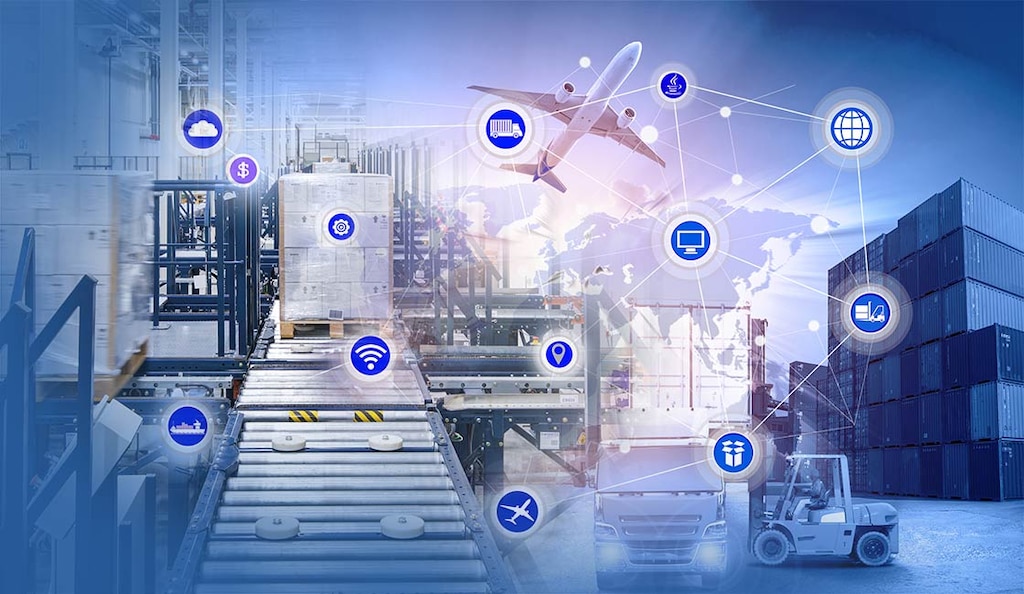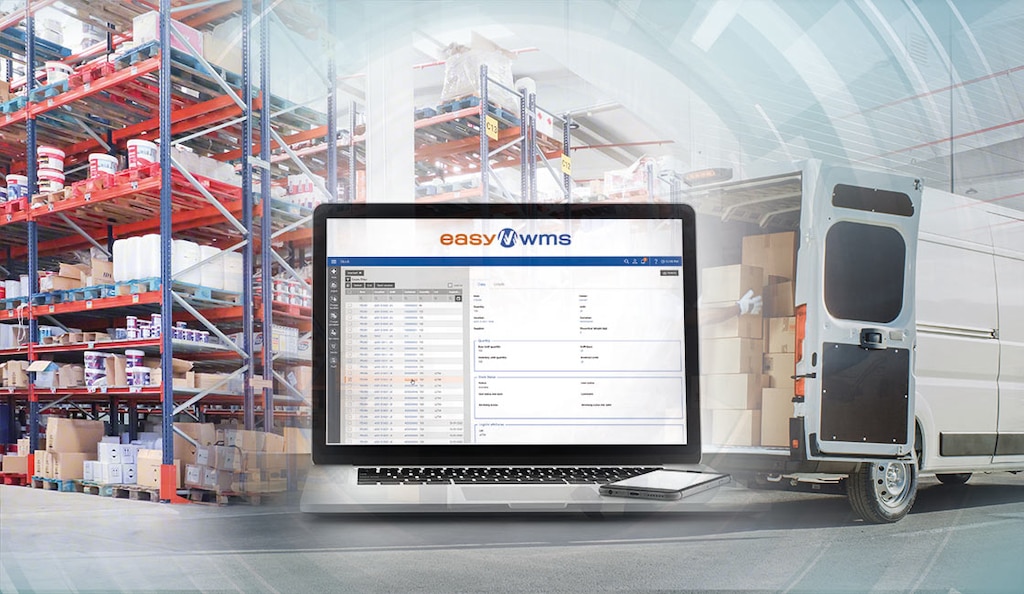
Intermodal transportation streamlines the supply chain
Intermodal transportation has become, in recent years, a common means of transferring goods between two or more points. This strategy facilitates the movement of unit loads through the integrated use of various modes of transportation such as trucks, trains, and ships. Intermodality minimizes goods handling: the transfer of unit loads between one mode and another is usually done without unloading the goods from inside the container, which eliminates the risk of stock losses.
An example of intermodal transportation would be as follows: a logistics provider accesses the dock of a warehouse. The carrier loads the goods onto the trailer of the truck and drives to a port. There, another company, instead of unloading the material, transfers the container directly to the cargo ship. Upon arrival at its destination, the trailer is coupled to a truck, which delivers the goods to the customer’s premises.

What do we mean by intermodal transportation?
Intermodal transportation consists of sending a load from a point of origin to a destination by combining several modes of transportation without the need to handle the goods during the journey. Unlike conventional transportation systems where different modes operate independently, intermodality combines several transportation services to improve the efficiency of the entire distribution process.
Today, the intermodal transport system can be used in any industry to distribute raw materials, finished products, industrial supply parts, and ecommerce orders. Intermodal transportation is when at least two modes (e.g., land and sea) are used. Issues such as delivery time, product weight, or other criteria such as the shelf life of the goods determine the route planning.
Intermodal shipments use intermodal containers, a type of container that easily attaches to trucks, trains, and ships to facilitate the transfer of goods from one mode of transportation to another. This logistics strategy has become popular thanks to the use of standardized containers, which limit the handling of goods and streamline the movement of products when changing means of transportation. In general, intermodality benefits from the advantages of the different transportation systems: the lower cost of freight trains, the flexibility of freight trucks, and the greater capacity of ships in maritime transport.
What is the difference between intermodal and multimodal transportation?
Intermodal transportation and multimodal transportation are often confused. While different modes of transportation are used in both cases, the main difference is that intermodality involves the movement of individual unit loads (usually containers), whereas multimodality can operate with different unit loads simultaneously.
Another difference between intermodal and multimodal transportation is the transportation contracts linked to a shipment. This is the legal document by which a natural or legal person undertakes to transfer goods under agreed-upon conditions. While multimodal transportation involves only one contract, in intermodal transportation, several contracts are combined.

What are the advantages of intermodal transportation?
Intermodal transportation brings several benefits, among others:
- Faster shipments: in intermodal transportation, goods don’t have to be loaded and unloaded during the change of transportation mode, resulting in faster operations.
- Safety of goods: intermodal transportation eliminates the risk of stock losses. Reducing load handling considerably reduces the possibility of damaging products during unloading operations.
- Flexibility: combining several means of transportation for the same route facilitates the management of shipments. It also allows companies to benefit from the advantages of each mode, from the huge capacity of ocean-going vessels to the flexibility of road transit.
However, intermodality may not always be the best option, especially for short journeys that can be made by only one mode of transportation. In this case, delivery times may be increased. For example, road transportation by truck can sometimes be faster, although it’s more polluting than the option of depositing the cargo on a freight train. Ultimately, it’s up to the logistics manager to weigh the pros and cons of each option and establish the most efficient transportation strategy for the organization.

Intermodal transportation for an efficient supply chain
Intermodal transportation is an increasingly popular option because it promotes streamlining and flexibility in the distribution of goods. Businesses can combine different modes of transportation to ensure fast deliveries and, in turn, reduce CO2 emissions.
Intermodality in freight transportation requires visibility of the different links in the supply chain for efficient operations. The consolidation of new technologies in logistics has favored the traceability of products in the different stages they go through. Digital programs such as a transportation management system (TMS) and warehouse management system (WMS) facilitate decision-making for logistics managers and promote real-time stock control.
Interested in boosting your supply chain and gaining end-to-end visibility of your products? Please don’t hesitate to contact us. One of our expert consultants will work with you to come up with the best solution for your business.
